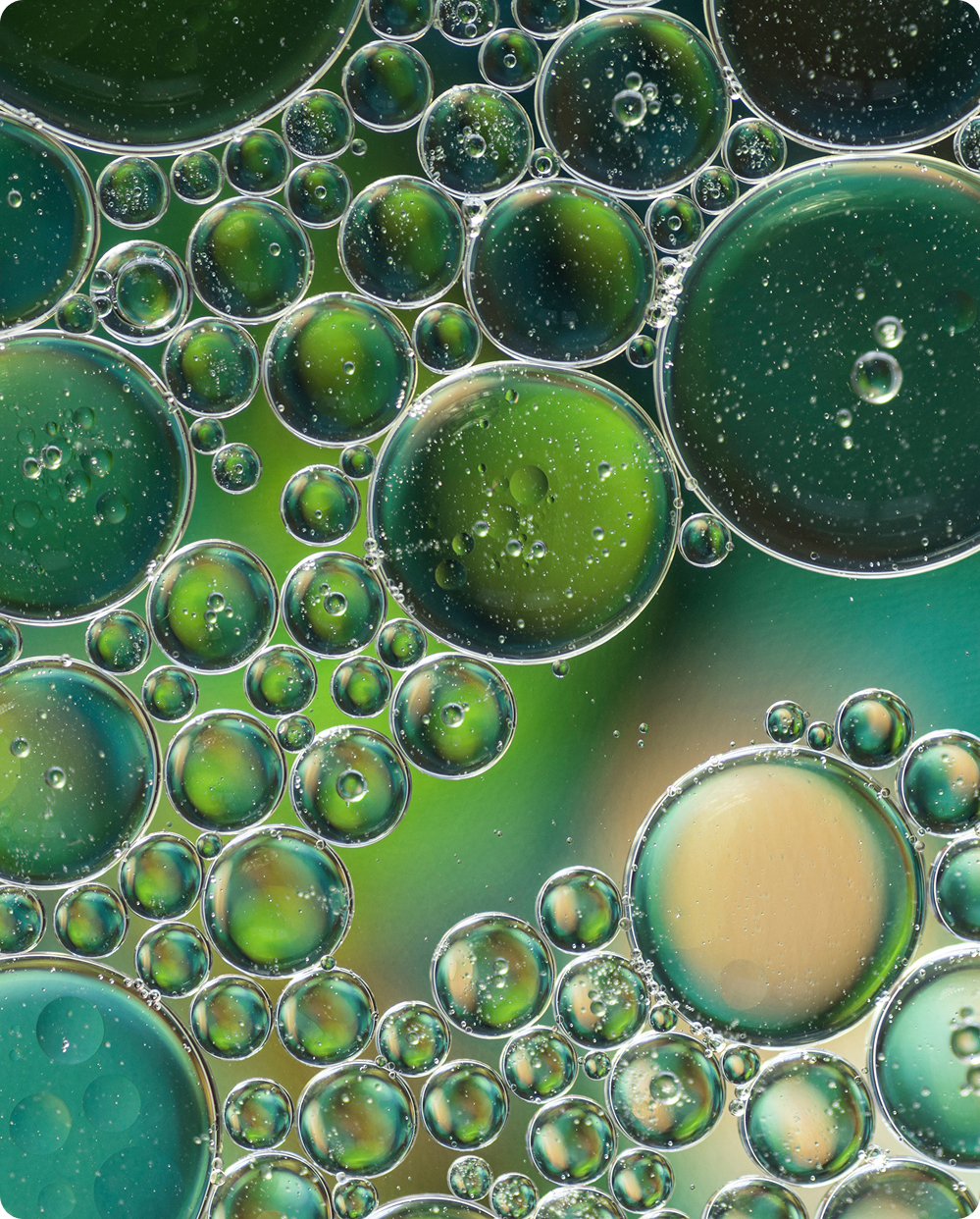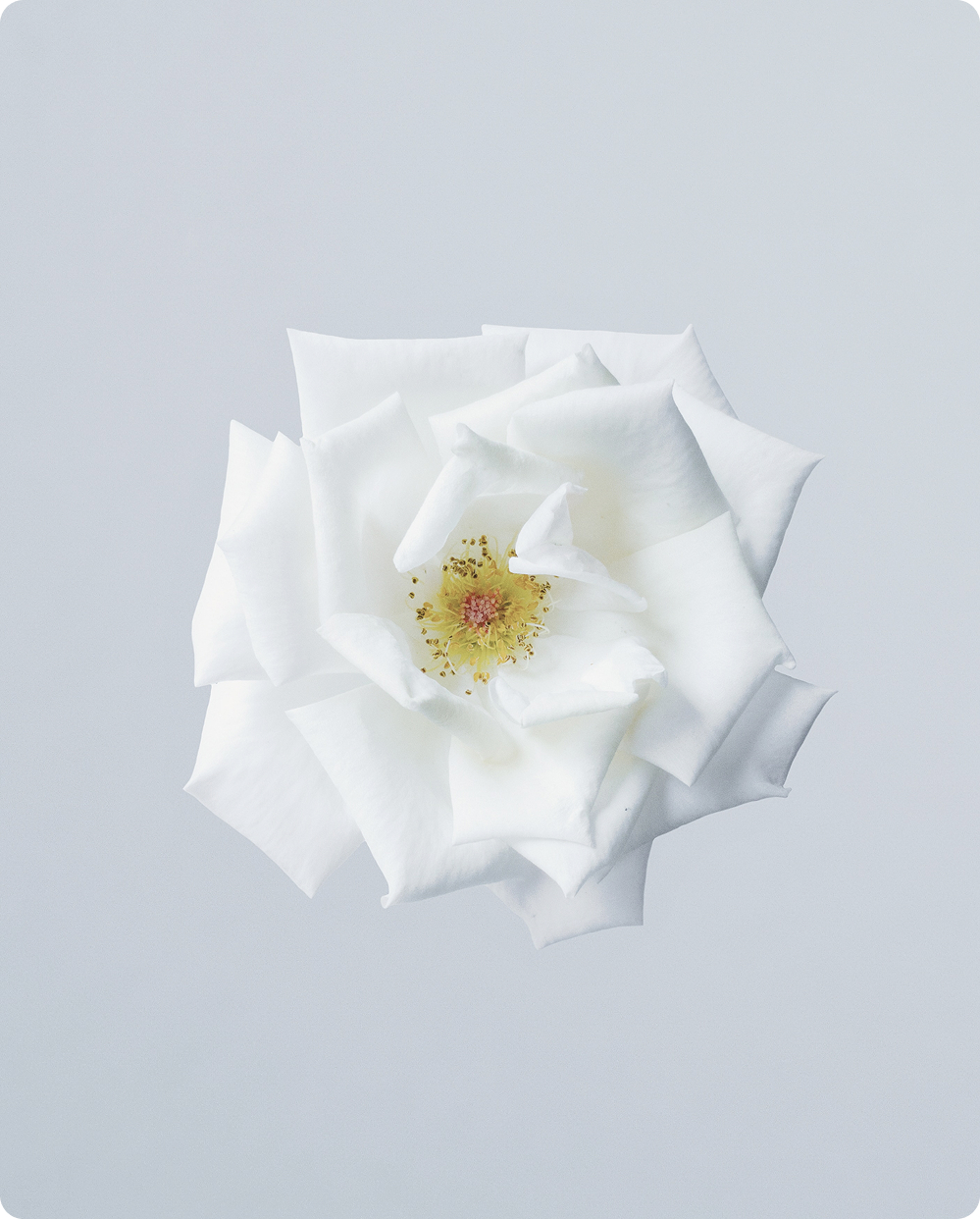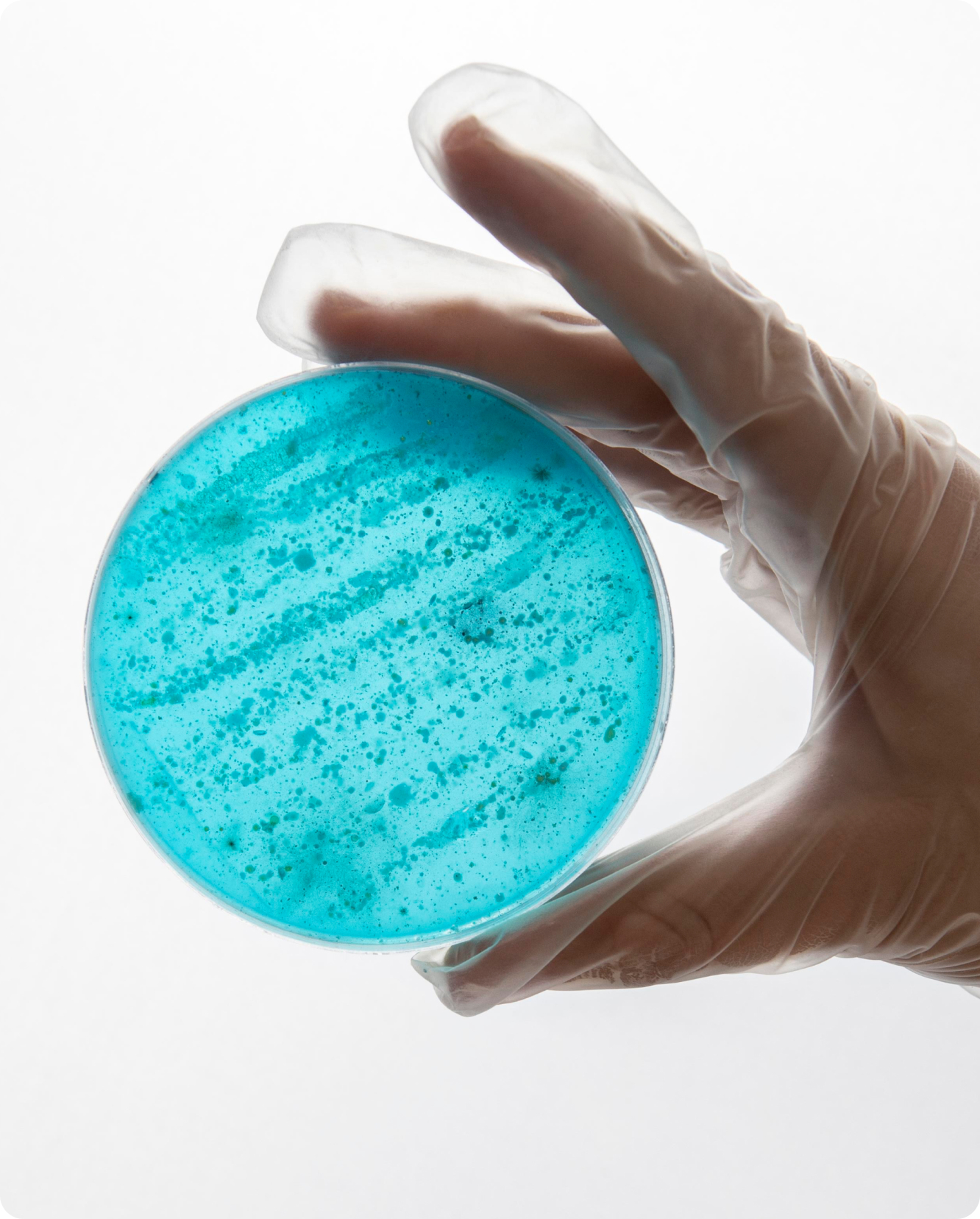If you have been hesitant to try vitamin E for vaginal dryness because you are worried it might trigger a yeast infection, let’s talk about what the science actually shows. It is a question that comes up often, and the concern is understandable. When you are trying to solve one problem, the last thing you want is to create another. The short answer is that when used in a properly formulated product, vitamin E does not cause yeast infections. The confusion often comes from a misunderstanding of what causes yeast to grow and the difference between using pure vitamin E oil and a scientifically designed vaginal moisturizer.
This article will explore the science behind what actually causes yeast infections, how vitamin E supports vaginal health, and what makes a vitamin E product both safe and effective. We will also look at the practical side of things, so you can feel confident in choosing a product that works for you.
Understanding What Actually Causes Yeast Infections
To understand why vitamin E is not the culprit behind yeast infections, it is helpful to first understand what does cause them. A vaginal yeast infection, or candidiasis, is the result of an overgrowth of a fungus called Candida, most commonly Candida albicans [1]. Candida lives in the vagina and other parts of the body in small, harmless amounts. An infection occurs when something disrupts the delicate balance of the vaginal environment, allowing this yeast to multiply out of control.
Several factors can trigger this overgrowth. These include taking antibiotics, which can kill the beneficial bacteria that normally keep yeast in check, and hormonal changes, such as those during pregnancy or from using hormonal contraceptives [1]. Health conditions that affect the immune system, like diabetes, also increase the risk [1].
What is most important to understand is what Candida uses as fuel. Scientific research shows that Candida albicans feeds on sugars and carbohydrates to grow and thrive [2]. It does not metabolize fats or fat-soluble vitamins like vitamin E for energy. This is a key point because it means that vitamin E itself does not provide the nutrients that yeast needs to multiply. The concern about oils in the vaginal area is often misplaced; the real issue is a disruption of the vaginal ecosystem.
How Vitamin E Supports Vaginal Health
Now that we have clarified that vitamin E does not feed yeast, let's explore what it actually does for vaginal health. Far from being a problem, vitamin E is a powerful antioxidant that plays a crucial role in maintaining the health and integrity of vaginal tissues. Its benefits are supported by a growing body of scientific research.
One of the most well-documented uses for vaginal vitamin E is in managing the symptoms of genitourinary syndrome of menopause (GSM), which includes vaginal atrophy, dryness, and irritation. A systematic review of multiple clinical trials found that vaginal vitamin E suppositories were effective in alleviating these symptoms [3]. In some studies, vitamin E was found to be as effective as low-dose estrogen cream, offering a valuable option for women who cannot or prefer not to use hormonal treatments [3].
Vitamin E works in several ways. As a fat-soluble antioxidant, it helps protect cell membranes from damage caused by oxidative stress. This is important for the delicate epithelial tissue of the vagina, helping to maintain its elasticity and resilience. Furthermore, vitamin E has significant anti-inflammatory properties. Research has shown that it can help reduce the inflammatory response triggered by irritants, including Candida albicans itself [4]. By calming inflammation, vitamin E can help soothe irritated tissues and reduce discomfort.
Why Formulation Is Everything
Here is where the confusion about vitamin E and yeast infections often begins. The difference between a beneficial product and a potentially problematic one comes down to formulation. Applying pure vitamin E oil directly to the vagina is not the same as using a product that has been scientifically designed for vaginal health.
Pure oils, of any kind, can create an occlusive barrier on the skin. While this can feel moisturizing initially, it can also trap moisture and heat, creating a warm, damp environment. This is the kind of environment where yeast can thrive. Furthermore, pure oils do not contain the ingredients needed to support the healthy acidity of the vagina. A healthy vaginal pH is typically between 3.8 and 4.5, and this acidic environment is maintained by beneficial bacteria called lactobacilli, which produce lactic acid [5]. This acidity is a natural defense mechanism that helps prevent the overgrowth of Candida and other opportunistic organisms.
When you introduce a substance that does not support this acidic pH, you risk disrupting the delicate balance of the vaginal microbiome. This is why a thoughtfully formulated product is so important. Instead of just providing an oil, a well-designed vaginal moisturizer will deliver vitamin E alongside other ingredients that work together to support the entire vaginal ecosystem. This includes ingredients that help maintain the optimal pH and provide hydration without creating the conditions that encourage yeast to grow.
What to Look for in an Effective Vitamin E Formulation
Choosing the right product is about looking beyond a single ingredient and considering the entire formulation. An effective vaginal moisturizer with vitamin E should be designed to support the complete health of the vaginal environment.
One of the most important factors is the delivery system. Vaginal suppositories or inserts are often more effective than creams or oils because they deliver the ingredients directly to the vaginal tissues in a controlled, sustained-release manner. This ensures that the tissues receive the full benefit of the ingredients without leaving a messy residue.
Beyond the delivery system, the combination of ingredients is what truly makes a product effective. The most advanced formulations combine vitamin E with other compounds that work synergistically to provide comprehensive benefits. A key ingredient to look for is hyaluronic acid. Hyaluronic acid is a remarkable molecule that can hold up to 1,000 times its weight in water, making it one of the most effective hydrating agents available. For vaginal health, a concentration of 10mg of hyaluronic acid has been shown in research to be particularly effective for restoring moisture to the tissues. When combined with vitamin E, you get a dual-action effect: the hyaluronic acid provides deep, lasting hydration, while the vitamin E helps protect and repair the tissues.
To ensure the formulation supports a healthy vaginal ecosystem, it must also help maintain the correct pH. As we have discussed, a healthy vaginal pH is acidic, typically between 3.8 and 4.5 [5]. This is why ingredients like lactic acid are so important. Lactic acid helps to maintain this optimal acidity, which supports the growth of beneficial lactobacilli and inhibits the overgrowth of Candida.
Neycher’s Vaginal Moisturizer is an example of a product that is built on this scientific approach. It combines vitamin E with a 10mg concentration of hyaluronic acid for powerful hydration and tissue support. It also includes lactic acid to help maintain a healthy vaginal pH, creating an environment where beneficial bacteria can flourish and yeast is kept in check. This kind of thoughtful, evidence-based formulation is what makes a vitamin E product both safe and effective for long-term use.
Practical Guidance for Using Vitamin E
Understanding the science is the first step, but knowing how to apply it is just as important. Here is some practical guidance for incorporating vitamin E into your vaginal health routine safely and effectively.
Vitamin E products are most beneficial for addressing vaginal dryness, whether it is related to menopause, hormonal fluctuations, or other causes. They are also excellent for soothing general irritation and supporting the overall health and resilience of vaginal tissues. If you are looking for a non-hormonal option to maintain vaginal comfort and moisture, a well-formulated vitamin E suppository can be a great choice.
There are a few situations where caution is advised. If you have an active yeast infection, it is best to treat the infection first with an appropriate antifungal medication. Once the infection has cleared, you can use a vitamin E product to help restore and soothe the tissues. While allergies to vitamin E are rare, they are possible. If you have a known sensitivity, you should avoid using it. As with any new product, it is always wise to consult with your healthcare provider before starting, especially if you are pregnant or have an ongoing medical condition.
To use vitamin E products safely, always choose a properly formulated vaginal suppository or insert over pure oils. Follow the product’s recommended usage instructions and do not exceed the suggested frequency or duration without talking to your provider. If your symptoms worsen or do not improve, it is important to seek medical advice to ensure you get the right diagnosis and treatment.
By understanding the science of vaginal health, you can make informed choices that truly support your body. The fear that vitamin E will cause a yeast infection is not supported by scientific evidence. Instead, the research points to the importance of a balanced vaginal microbiome, a healthy pH, and the right combination of ingredients. A well-formulated product containing vitamin E can be a safe and effective way to manage vaginal dryness and support tissue health, helping you feel comfortable and confident.
This article is for informational purposes only and does not constitute medical advice. Always consult with a qualified healthcare provider for any health concerns or before making any decisions related to your health or treatment.
References
[1] Centers for Disease Control and Prevention. (2024, April 24). Risk Factors for Candidiasis. Retrieved from https://www.cdc.gov/candidiasis/risk-factors/index.html
[2] Brown, A. J. P., Brown, G. D., Netea, M. G., & Gow, N. A. R. (2014). Metabolism impacts upon Candida immunogenicity and pathogenicity at multiple levels. Trends in Microbiology, 22(11), 614–622. https://pmc.ncbi.nlm.nih.gov/articles/PMC4222764/
[3] Porterfield, L., Wur, N., Santiago Delgado, Z., Syed, F., Song, A., & Weller, S. C. (2022). Vaginal Vitamin E for Treatment of Genitourinary Syndrome of Menopause: A Systematic Review of Randomized Controlled Trials. Journal of Menopausal Medicine, 28(1), 9–16. https://pmc.ncbi.nlm.nih.gov/articles/PMC9086347/
[4] Barros, S., Ribeiro, A. P. D., Offenbacher, S., & Loewy, Z. G. (2020). Anti-Inflammatory Effects of Vitamin E in Response to Candida albicans. Microorganisms, 8(6), 804. https://pmc.ncbi.nlm.nih.gov/articles/PMC7356105/
[5] Miller, E. A., Beasley, D. E., Dunn, R. R., & Archie, E. A. (2016). Lactobacilli Dominance and Vaginal pH: Why Is the Human Vaginal Microbiome Unique? Frontiers in Microbiology, 7, 1936. https://pmc.ncbi.nlm.nih.gov/articles/PMC5143676/







.jpg)
